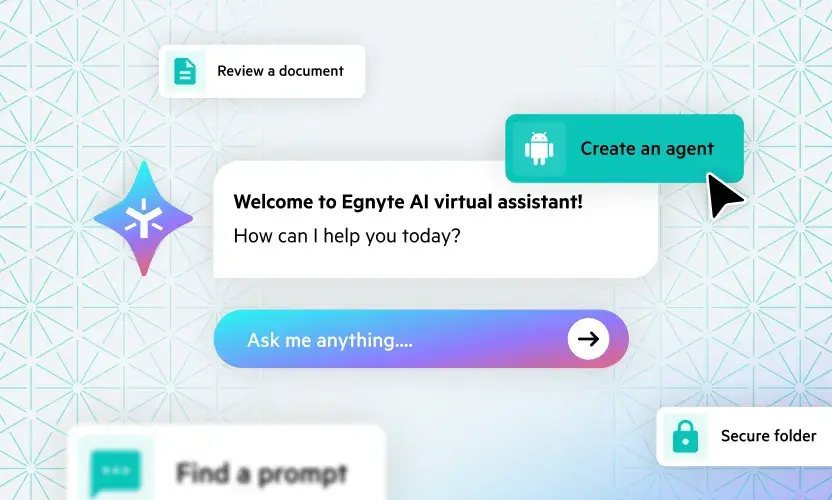
How Traditional eQMS Holds Your Organization Back
In the era of digital transformation, businesses increasingly rely on Electronic Quality Management Systems (eQMS) to manage quality and ensure regulatory compliance. But many companies still operate on legacy eQMS platforms that were once effective but now hinder growth and efficiency. These traditional systems are often rigid, siloed, and fail to meet the demands of a fast-paced, data-driven environment.
Isn’t it time for your business make the move from your old eQMS and start driving genuine quality and operational excellence?
The Old Way: Flaws of a Traditional eQMS
Data Trapped in Silos
Legacy eQMS solutions often operate as isolated systems, leading to fragmented data and a lack of transparency across departments. In many cases, critical information gets stuck in separate modules, making it difficult for teams outside of Quality to access essential data related to manufacturing, design, or compliance. This leads to disjointed workflows and time-consuming manual data transfers.
Workflows Are Rigid and Inflexible
Unlike today's dynamic business environment, traditional systems were built with static processes in mind. Their inflexible, one-size-fits-all workflows can hinder innovation and make it difficult to adapt to new business requirements or shifting regulatory standards. Customization is often a complex and expensive endeavor, if it's possible at all.
Manual and Reactive, Not Automated and Proactive
For many users, traditional eQMS feels less like a solution and more like a document repository. Teams still rely on email, spreadsheets, and manual follow-ups to manage daily quality tasks like corrective and preventive actions (CAPAs) and approvals. This reactive approach to quality control increases the risk of human error and makes it nearly impossible to gain real-time visibility into operations.
Poor User Experience and Low Adoption Rates
Complex, unintuitive user interfaces can make traditional eQMS platforms difficult and frustrating to use. This often results in low user adoption, as employees revert to familiar—albeit uncompliant—manual processes. If a system isn't user-friendly, the investment is wasted.
The New Way: Features of a Modern eQMS
Today’s life sciences organizations need more than just document control—they need an intelligent, connected, and flexible approach to quality. Here’s what to look for in a modern eQMS.
1. Integration and Connectivity
A modern eQMS breaks down departmental silos by connecting quality processes across the entire organization. Look for a system that centralizes information through practice and integrations to a collaborative, intelligent environment with governance built in. This ensures a single source of truth for all data, improving communication, consistency, and compliance.
2. Embedded Risk Management
Modern quality management is proactive and risk-based, not reactive. A modern eQMS should enable you to bring key stakeholders to the information so you can make a collaborative assessment and determine effective mitigation strategies that can be reconstructed for future reference. This functionality is crucial for driving continuous improvement and staying ahead of potential issues.
3. Automation and Streamlined Workflows
Automating routine tasks is key to efficiency. A modern system should include automated workflows for document control, training management, and CAPAs. This reduces manual effort, accelerates approval cycles, and frees up your team to focus on higher-value activities.
4. Scalability and Flexibility
A modern eQMS should be able to scale and adapt as your business grows and regulations change. Cloud-based platforms offer the flexibility to manage your QMS from anywhere, easily accommodating new users, products, and global sites. The system should be configurable to your unique needs, not the other way around.
5. User-Friendly and Accessible Design
Adoption hinges on usability. A modern eQMS is designed with the user in mind, featuring an intuitive interface that simplifies navigation. This reduces training time and encourages organization-wide adoption, making quality management a collaborative effort, not a burden.
The Path Forward
For businesses relying on legacy eQMS, clinging to outdated technology is a costly risk. These systems inhibit collaboration, slow down workflows, and expose organizations to compliance failures. Upgrading to a modern eQMS is no longer a luxury but a necessity for ensuring quality, improving efficiency, and staying competitive in today's digital landscape.
By investing in a purpose-built system that prioritizes integration, automation, and user experience, your organization can move from a reactive quality mindset to one of proactive, data-driven excellence.
Want to learn more? Watch our Life Sciences Lunch and Learn “Mastering Controlled Document Management” here.





